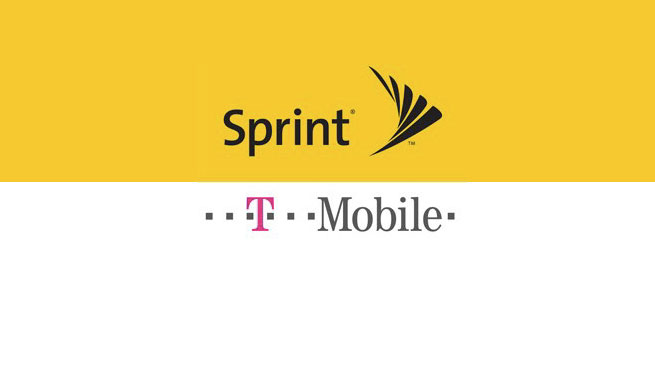Want smarter insights in your inbox? Sign up for our weekly newsletters to get only what matters to enterprise AI, data, and security leaders. Subscribe Now
The rumors of a deal to combine Sprint and T-Mobile surged again Wednesday as new reports said the two carriers had agreed on most of the terms for a summer merger.
Sprint, which is owned by Japanese firm Softbank, is reportedly offering a deal worth $40 per share (half stock and half cash), Bloomberg reports. The deal would give T-Mobile owner Deutsche Telekom a 15-percent stake in the newly combined company, Bloomberg says.
For a variety of reasons, mostly economic, Sprint and T-Mobile have been under pressure to join forces to have a chance at competing with market leaders Verizon and AT&T.
When rumors of the merger began swirling months ago, some wondered how the two companies would swim through the muck of network consolidation, when the two networks run on very different cellular technologies. Others saw the main problem being whether or not the merger had a chance at getting regulatory approval.
But neither of these things are the core issue, according to a source close to the situation. It’s really all about base station density. Sprint doesn’t have it.
As someone who has conducted national tests of the Big Four wireless services for the past five years, I can tell you that both Sprint’s and T-Mobile’s Achilles Heel is their lack of broad and consistent cellular coverage.
With Verizon and AT&T, you have a good chance of driving all over town and keeping steady voice and data service. And when you drive outward from city center, you have a good chance of keeping a solid connection until you are way outside city limits.
Not so with T-Mobile and Sprint. Both carriers have suffered from spotty coverage in town and thin coverage outside major metro areas. Part of the reason for that, in Sprint’s case, is that Sprint relies on spectrum in the 2400 2.5 GHz band, which it got with its 2013 acquisition of the WiMax/LTE carrier Clearwire.
The 2.5 GHz spectrum is less efficient than, say, the 700 mHz band used for Verizon and AT&T LTE service. Signal doesn’t carry as far on that spectrum band, and it has trouble moving through walls and around physical obstacles.
So Sprint has to install more base stations than other carriers to provide sufficient cellular capacity in a given coverage area. They must either build new cell towers for the radios or install new base stations on existing buildings or other structures.
Of course the carrier needs a franchise agreement from the city to erect new cell towers or install new base stations on public structures. For this it must petition the city for permission, then attend hearings where members of the public are invited to give reasons for or against. It can turn into a long and drawn-out affair.
“The Verizon guys I work with down in Southern California spend most of their time in city council meetings,” my industry source said.
With a T-Mobile merger, Sprint could get its hands on T-Mobile’s existing franchise agreements, as well as access to thousands of T-Moble cell towers, without having to once set foot inside a city hall.


